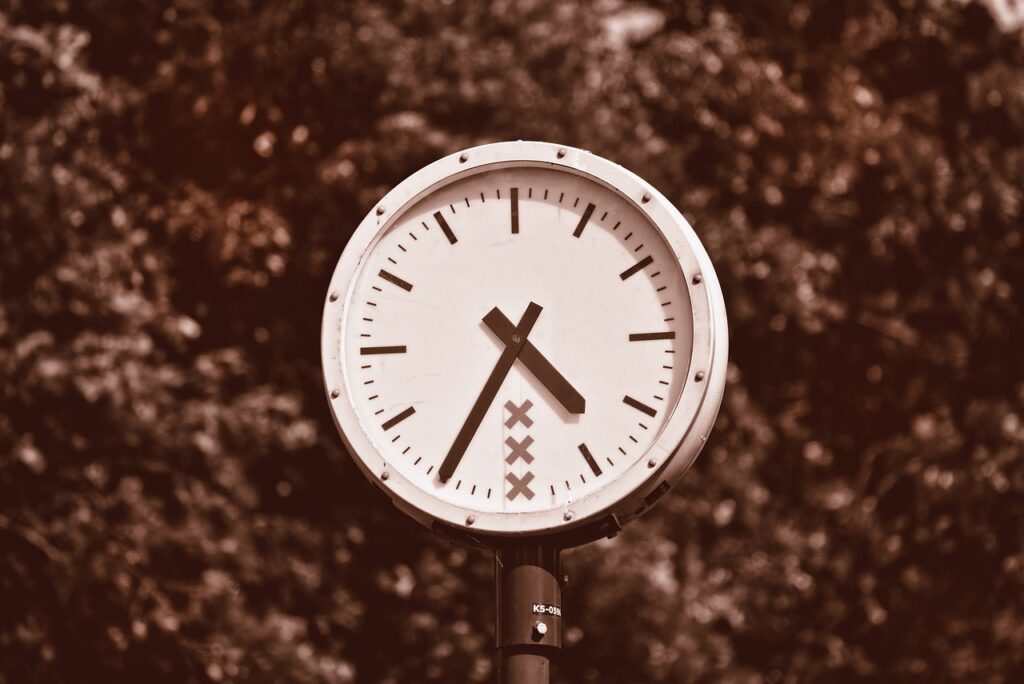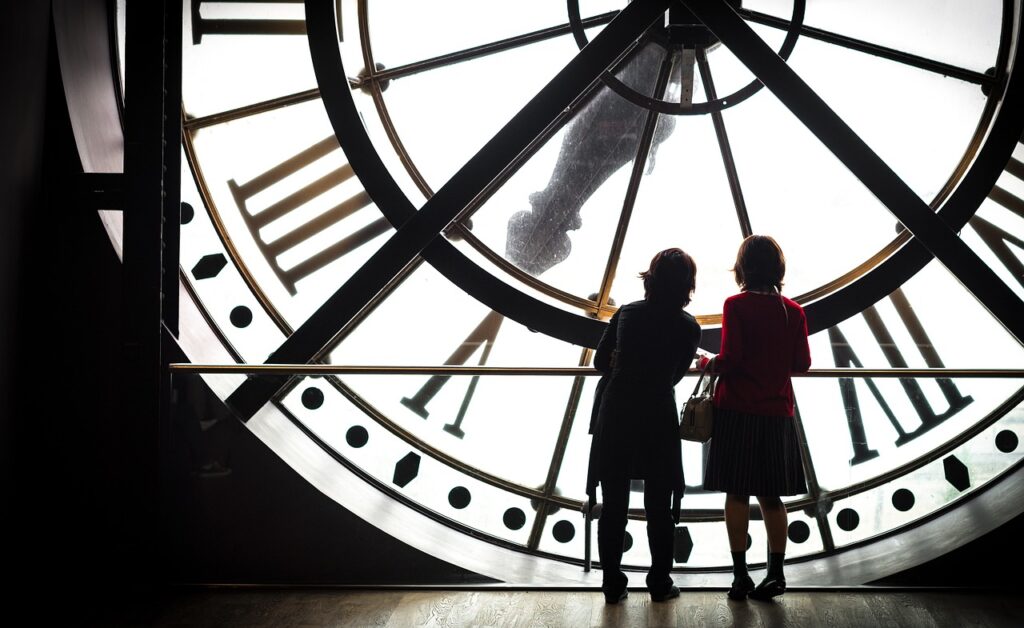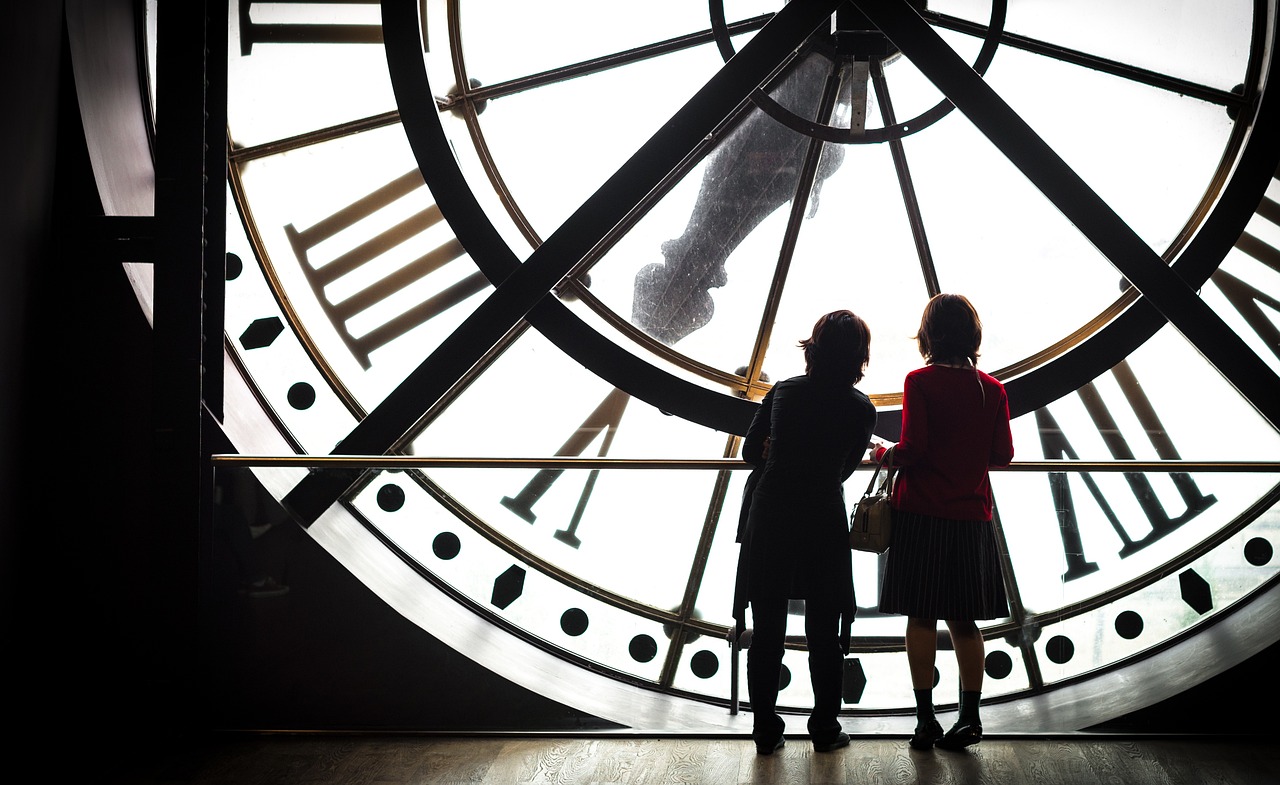Have You Ever Wondered How to Identify Fake Vintage Inspired Clocks?
If you are a fan of vintage inspired decor, you’ve probably come across clocks that claim to be authentic vintage pieces. But how can you tell if these clocks are truly vintage or just clever imitations? In this article, we will provide you with expert advice on how to identify fake vintage inspired clocks.
Why Does it Matter if a Vintage Inspired Clock is Genuine or Fake?
It’s important to be able to spot fake vintage inspired clocks because authenticity adds value to your decor collection. Not only can authentic vintage pieces be worth more, but they also have a story and history behind them. Spotting a fake can save you from overpaying for something that is not truly vintage.
The Weight of the Clock
One of the first things you can do to determine if a vintage inspired clock is fake is to assess its weight. Authentic vintage clocks are typically made of high-quality materials and tend to be heavier than modern replicas. If the clock feels lightweight and flimsy, it may be a fake.
The Touch Test:
Pick up the clock and feel its weight. If it feels surprisingly light, it may be a sign that it is not a genuine vintage piece. Authentic vintage clocks are usually made of solid materials and have a substantial weight to them.
The Materials Used in the Clock
Authentic vintage clocks are often made with high-quality materials such as wood, metal, or glass. Fake vintage inspired clocks may use cheaper materials that don’t stand the test of time. Look closely at the clock’s materials to determine its authenticity.
Metal Clocks:
If the clock is made of metal, pay attention to any signs of rust, corrosion, or discoloration. Authentic vintage metal clocks may show signs of wear, but if the metal looks too shiny and new, it could be a fake.
Wood Clocks:
Vintage wooden clocks should have a natural patina that comes with age. Look for signs of wear, scratches, and imperfections in the wood. Fake wooden clocks may have a uniform finish that lacks character.
Glass Clocks:
Vintage clocks with glass faces should have some imperfections such as bubbles, scratches, or cloudiness. Fake clocks may have perfectly clear glass that looks too pristine.

The Movement of the Clock
Another way to determine if a vintage inspired clock is fake is to look at its movement. Authentic vintage clocks typically have mechanical movements while modern replicas may have quartz movements. Understanding the different types of clock movements can help you spot a fake.
Mechanical Movements:
Authentic vintage clocks with mechanical movements require winding to keep time. If the clock has visible gears and mechanisms, it is likely an authentic vintage piece.
Quartz Movements:
Modern clocks often use quartz movements, which are powered by batteries and do not require winding. If the clock has a smooth ticking sound and no visible mechanisms, it may be a modern replica.
The Markings on the Clock
Inspecting the markings on a vintage inspired clock can also help you determine its authenticity. Look for stamps, logos, or serial numbers that can provide clues about the clock’s origins.
Maker’s Marks:
Authentic vintage clocks may have maker’s marks or logos that identify the manufacturer. Researching these markings can help you verify the clock’s authenticity.
Serial Numbers:
Some vintage clocks have serial numbers that can be used to track their history and age. If the clock has a serial number, you can research it to see if it matches the manufacturer’s records.

The Face of the Clock
The face of a vintage inspired clock can reveal a lot about its authenticity. Pay attention to the details on the clock face such as fonts, numbers, and design elements.
Fonts and Numbers:
Authentic vintage clocks often have unique fonts and numbers that reflect the time period in which they were made. If the fonts and numbers look too modern or generic, the clock may be a fake.
Design Elements:
Vintage clock faces may have intricate design elements such as filigree, artwork, or engravings. Look for signs of craftsmanship and attention to detail that are characteristic of authentic vintage pieces.
The Sound of the Clock
Listening to the sound of a vintage inspired clock can also help you determine its authenticity. Authentic vintage clocks may have a distinct ticking sound that is different from modern replicas.
Ticking Sounds:
Authentic vintage clocks with mechanical movements may have a louder and more pronounced ticking sound. If the clock’s ticking is very quiet or consistent, it may be a modern replica.
Chimes and Bell Sounds:
Some vintage clocks have chimes or bell sounds that play on the hour. The quality and tone of these sounds can provide clues about the clock’s authenticity.

The Condition of the Clock
Inspecting the overall condition of a vintage inspired clock can help you determine if it is genuine or fake. Authentic vintage clocks may show signs of wear and age that add to their character and charm.
Signs of Wear:
Look for scratches, dents, and imperfections on the clock that are consistent with its age. Authentic vintage pieces will have some wear that adds to their authenticity.
Repairs and Restorations:
Fake vintage clocks may have signs of repairs or restorations that were done to conceal their true age. Look for mismatched parts or unusual fixes that may indicate a fake.
Consult with Experts
If you are still unsure about the authenticity of a vintage inspired clock, consider consulting with experts in the field. Antiques dealers, clockmakers, and appraisers can provide valuable insights and expertise to help you determine if a clock is genuine or fake.
Antiques Dealers:
Antiques dealers specialize in vintage collectibles and may have the knowledge and experience to authenticate a vintage clock. Seek out reputable dealers with a proven track record of dealing in authentic pieces.
Clockmakers:
Clockmakers have the technical expertise to assess the movement and mechanics of a vintage clock. They can help you identify the unique features of an authentic vintage piece and differentiate it from a fake.
Appraisers:
Professional appraisers can evaluate the value and authenticity of a vintage clock based on its condition, materials, and age. Consider hiring an appraiser to provide an expert opinion on the clock’s authenticity.
Conclusion
Identifying fake vintage inspired clocks requires a keen eye for detail and an understanding of the unique characteristics of authentic vintage pieces. By examining the weight, materials, movement, markings, face, sound, and condition of a vintage clock, you can determine if it is genuine or a clever imitation. Consulting with experts in the field can provide additional insights and expertise to help you make an informed decision. With these expert tips, you can confidently add vintage inspired clocks to your decor collection knowing that they are truly authentic pieces with a rich history and story to tell.

